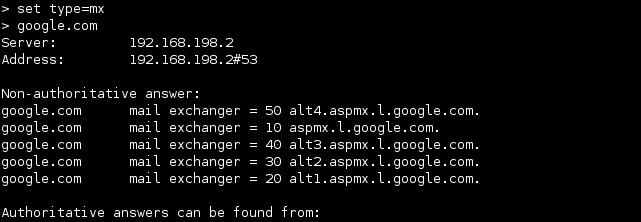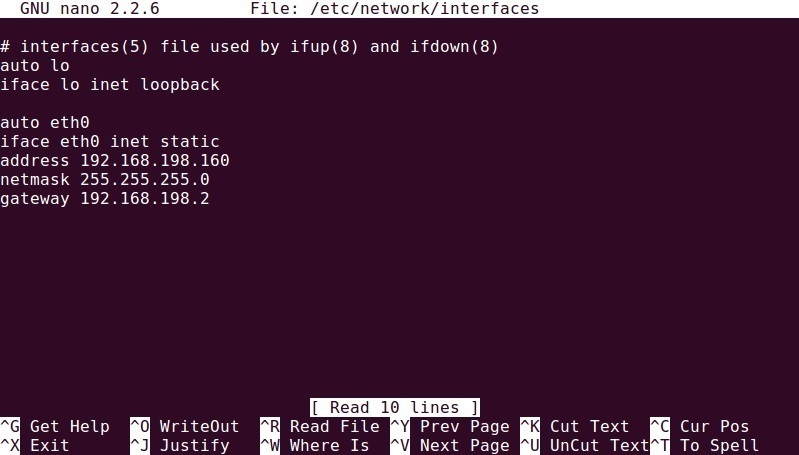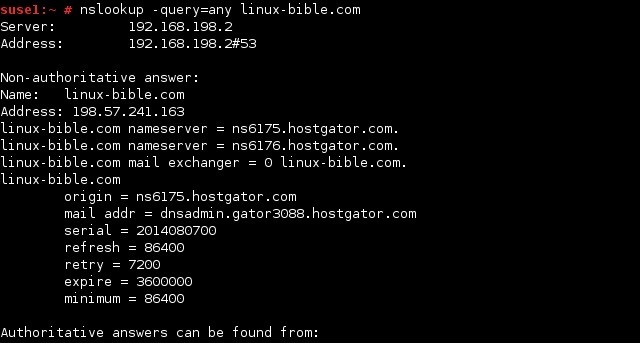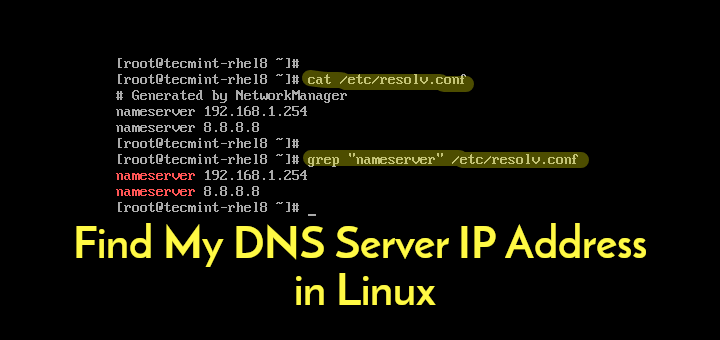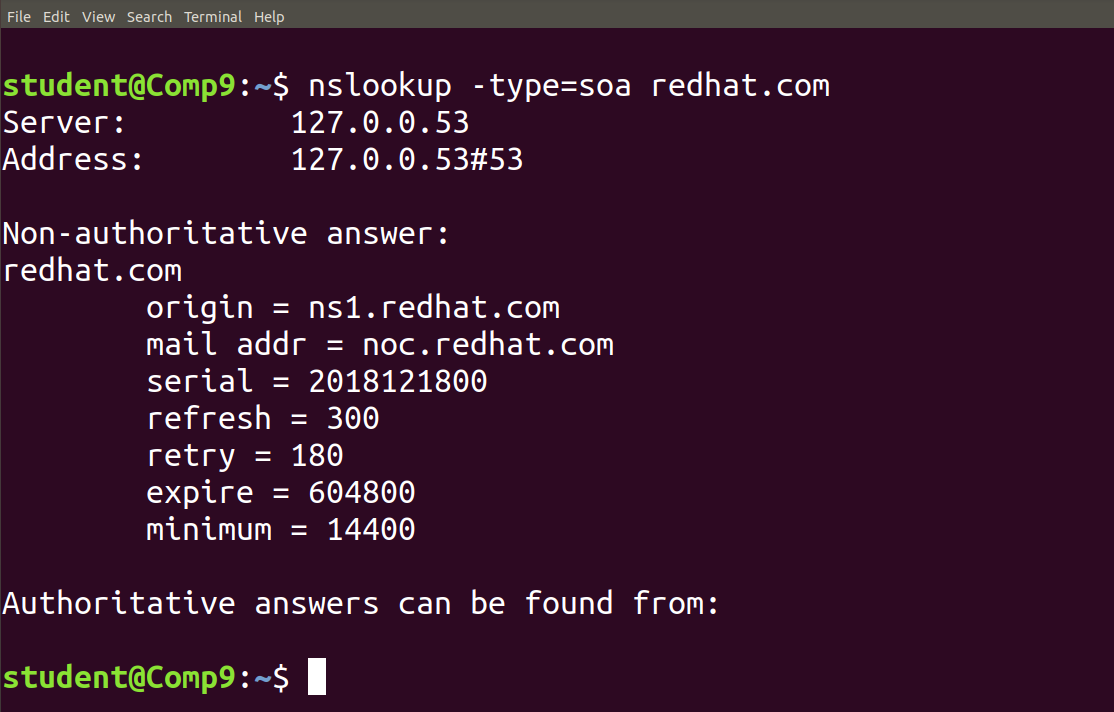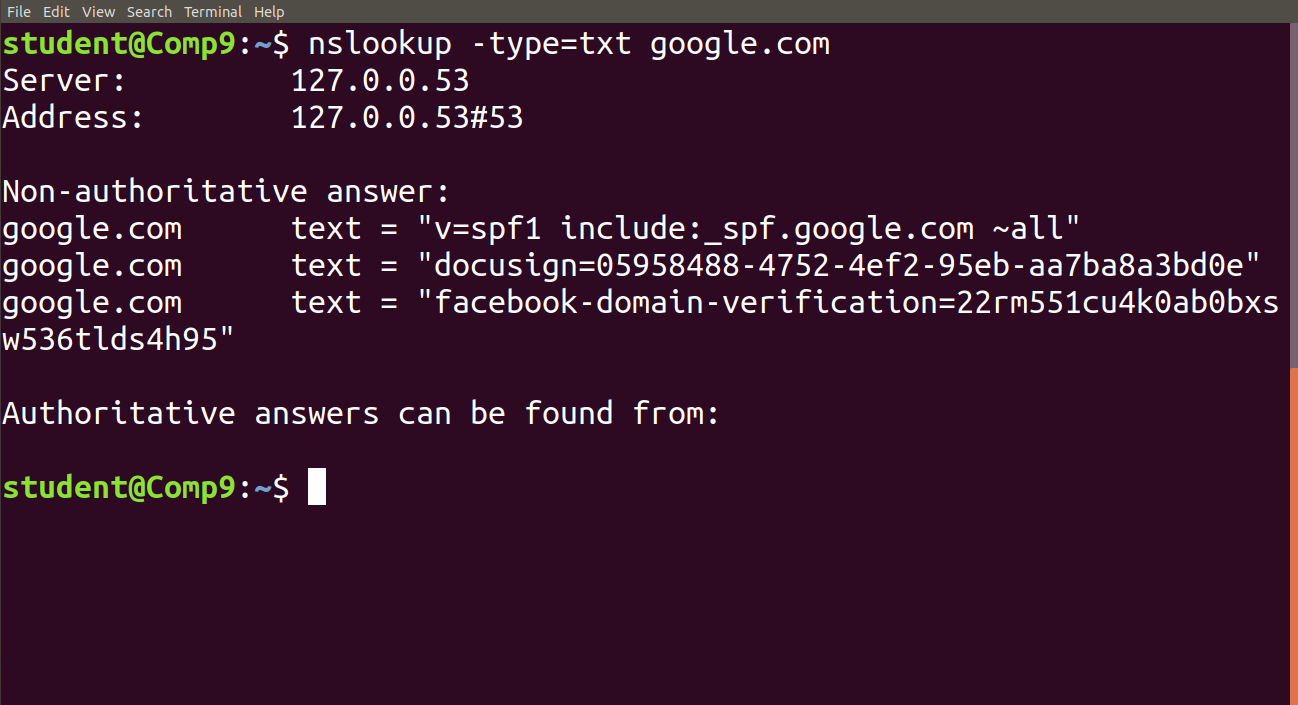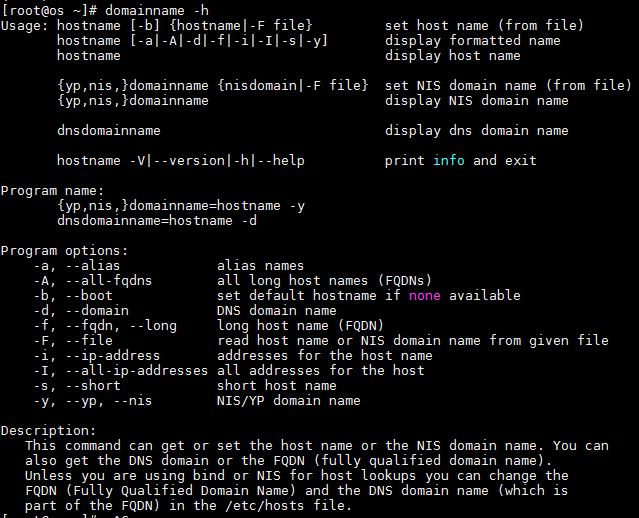Can’t-Miss Takeaways Of Tips About How To Check Dns On Unix

$ rndc status if you make any change to any of the zone files you can reload the service using the following.
How to check dns on unix. Check whether wayland or xorg is in use. Open /etc/resolv.conf in a text editor with sudo privileges. To configure a dns server, use the chroot command in centos/rhel 7/8, centos/rhel 7/7, or centos/rhel 8.
The best way to check your dns server is to use the ‘dig’ command. The simplest and perhaps the most reliable way is to use the following command in a terminal: To use the ‘dig’ command, open a.
Unless you have configured reverse dns for the private network, it is not going to work. Add the lines for domain nameservers you want to use. Check the syslog for crontab logs.
To check the dns server you are using on windows, simply open up the command prompt. 12 hours agothe psacct or acct package provides several features for monitoring process activities. Use dedicated services like cronitor monitor cron jobs.
It is available on linux, unix, and mac os x. Once you have done that, you will need to use the “cat” command to view the contents of your dns configuration file. Correct me if i am wrong but i believe that what you are trying to do is retrieve the fqdn (fully qualified domain name) using rdns (reverse domain name service.
The best way to check dns ttl is using nslookup command. By ramdev · may 21, 2021. How to find my dns server ip address.
Ac command prints the statistics of user logins/logouts (connect time) in hours. Test dns speed with dig command. To query dns and see the records it holds, you can use a software tool called dig that queries dns servers directly.
Much of the time the installer or script you're using to install.net gives you an option to install to a different folder. The easiest way to look up ttl settings is to use the dig utility. First, you will need to open a terminal window.
$ cat /etc/resolv.conf or $ less. If you are using wayland, you. From the shell (command line), type:
It will display the ttl. Use a custom log file (recommended) method 3: As an alternative, you can check that the.net install folders exist.
